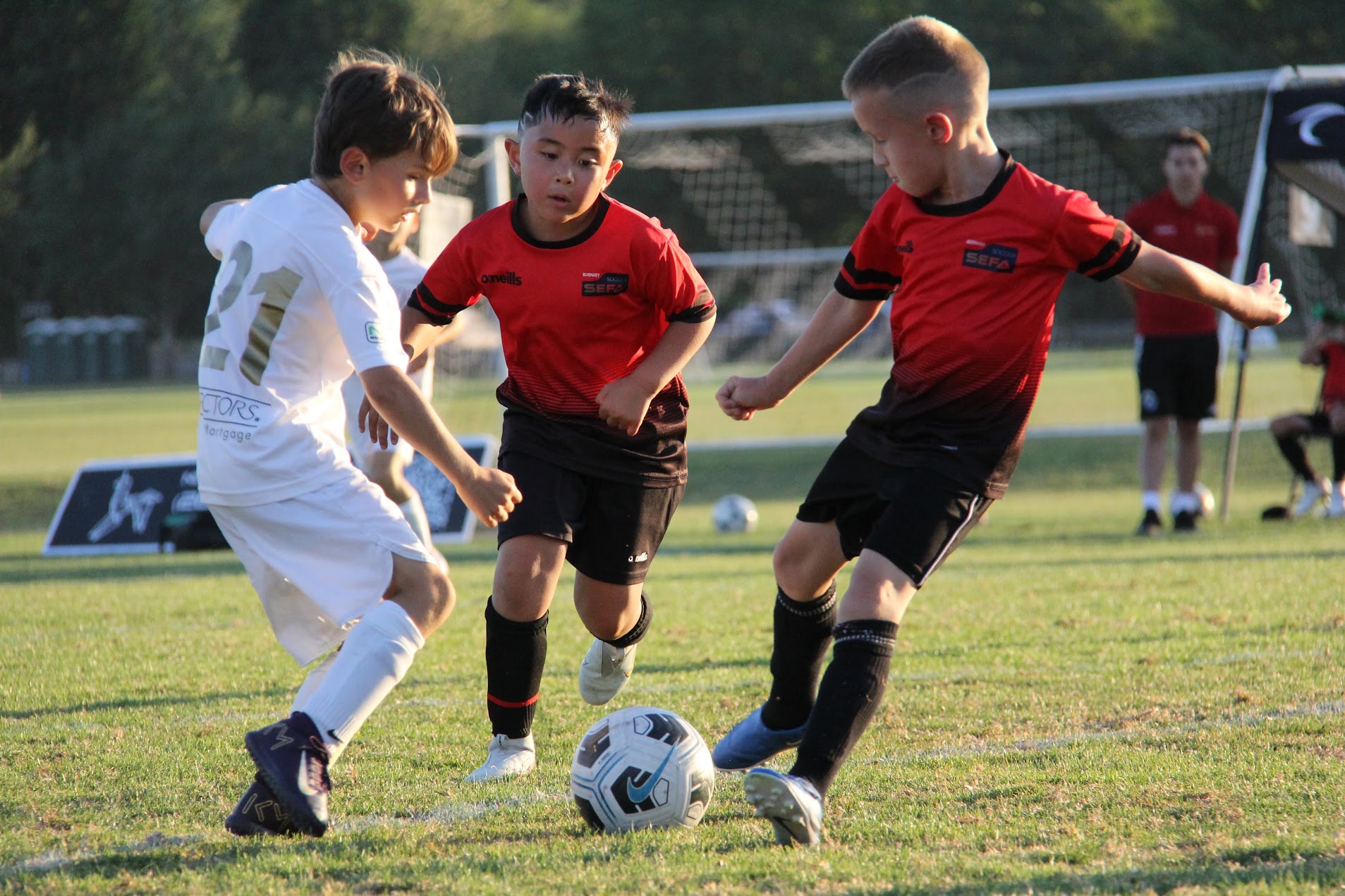Injury Prevention Tips for Young Soccer Players: A Guide for Parents and Coaches
Soccer is a physically demanding sport that requires agility, speed, and endurance. While it’s a fantastic way for children to stay active, build teamwork skills, and develop a love for the game, it also comes with the risk of injuries. At Sefa Soccer Academy in Burnaby, we prioritize the safety and well-being of our young athletes, aged 4 to 16. Preventing injuries is key to ensuring that kids can enjoy soccer for years to come while minimizing downtime and discomfort. This article provides essential injury prevention tips for young soccer players, offering practical advice for parents, coaches, and players alike.
Why Injury Prevention Matters in Youth Soccer
In youth soccer, injuries can range from minor sprains and strains to more serious issues like fractures or concussions. The growing bodies of young athletes are especially vulnerable, making injury prevention crucial. Not only does it keep players on the field, but it also fosters a positive, long-term relationship with the sport. By focusing on prevention, we can help young players avoid setbacks and continue to develop their skills in a safe environment.
Essential Injury Prevention Tips
1. Proper Warm-Up Routines
A thorough warm-up is one of the most effective ways to prevent injuries. It prepares the muscles, joints, and cardiovascular system for the physical demands of soccer.
-
Dynamic Stretching: Encourage dynamic stretches like leg swings, arm circles, and lunges to increase blood flow and flexibility.
-
Sport-Specific Drills: Incorporate drills that mimic soccer movements, such as dribbling or passing, to engage the muscles used during play.
-
Gradual Intensity Increase: Start with low-intensity activities and gradually build up to full-speed exercises.
Example: A simple 10-15 minute warm-up could include jogging, dynamic stretches, and short sprints to get the heart rate up and muscles ready for action.
2. Hydration and Nutrition
Proper hydration and nutrition play a significant role in injury prevention. Dehydration can lead to muscle cramps and fatigue, increasing the risk of injury.
-
Hydration: Ensure players drink water before, during, and after training or games. For longer sessions, sports drinks can help replenish electrolytes.
-
Nutrition: A balanced diet with adequate protein, carbohydrates, and healthy fats supports muscle recovery and energy levels.
Tip: Encourage players to carry a water bottle to every practice and game, and remind them to take small sips regularly.
3. Rest and Recovery
Rest is just as important as training. Overtraining can lead to fatigue, which increases the likelihood of injuries.
-
Sleep: Young athletes need 8-10 hours of sleep per night for optimal recovery.
-
Rest Days: Incorporate at least one or two rest days per week to allow muscles to repair and strengthen.
-
Active Recovery: Light activities like walking or swimming on rest days can promote blood flow without overexerting the body.
Note: Listen to the players—if they express fatigue or soreness, it’s important to adjust their training load accordingly.
4. Wearing Appropriate Gear
The right gear can make a big difference in preventing injuries. Ensure that players have the proper equipment for their safety.
-
Shin Guards: Mandatory in soccer, shin guards protect against bruises and fractures from kicks or collisions.
-
Footwear: Choose cleats that fit well and provide good traction for the playing surface (e.g., firm ground, turf).
-
Mouthguards and Eyewear: For players who need them, mouthguards can prevent dental injuries, and sports goggles can protect the eyes.
Reminder: Regularly check gear for wear and tear, and replace items as needed to maintain their protective qualities.
5. Strength and Conditioning
Building strength and conditioning helps young players develop resilience against injuries. Focus on exercises that improve balance, coordination, and muscle strength.
-
Core Strength: A strong core stabilizes the body and reduces the risk of lower back and hip injuries.
-
Balance Exercises: Activities like single-leg stands or balance board drills can improve stability.
-
Age-Appropriate Strength Training: For older players (12+), light resistance training can build muscle strength without overloading growing joints.
Example: Simple bodyweight exercises like planks, squats, and lunges can be incorporated into training sessions.
6. Listening to One’s Body
Teaching young players to recognize their body’s signals is crucial for injury prevention. Encourage them to communicate any pain or discomfort immediately.
-
Pain vs. Discomfort: Help players distinguish between normal muscle soreness and potential injury pain.
-
Early Intervention: Address minor issues early to prevent them from becoming serious injuries.
-
Open Communication: Foster an environment where players feel comfortable reporting injuries without fear of disappointment.
Tip: Coaches and parents should regularly check in with players about how they’re feeling, especially after intense training or games.
The Role of Coaches and Parents in Injury Prevention
Coaches and parents play a vital role in creating a safe environment for young soccer players. Here’s how they can contribute:
-
Education: Stay informed about the latest injury prevention techniques and share this knowledge with players.
-
Supervision: Ensure that training sessions are age-appropriate and that players are using proper techniques.
-
Encouragement: Promote a positive attitude towards safety, making it clear that injury prevention is a priority.
-
Support: Provide emotional support and reassurance, especially if a player is recovering from an injury.
By working together, coaches and parents can help young athletes stay safe and healthy while enjoying the game they love.
Conclusion
At Sefa Soccer Academy, we are committed to the safety and development of every player, from our youngest 4-year-olds to our competitive 16-year-olds. By implementing these injury prevention tips, we can help young soccer players reduce their risk of injury and foster a lifelong love for the sport. From proper warm-ups and hydration to wearing the right gear and listening to their bodies, these strategies empower players to take control of their health and performance.
We invite you to explore our programs and learn more about how we prioritize player safety at Sefa Soccer Academy. Visit our website or contact us today to get started on your child’s soccer journey!
Ready to give your child the best start in soccer? Visit sefasoccer.com to learn more about our programs and register for a tryout. Let’s work together to keep your young athlete safe, healthy, and passionate about the game!


